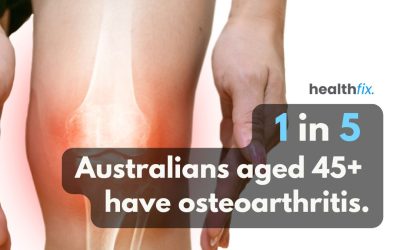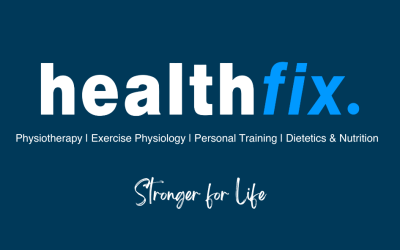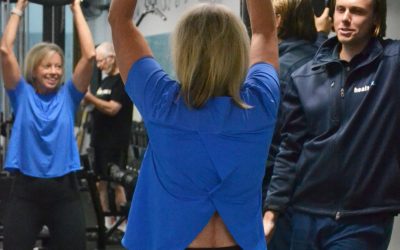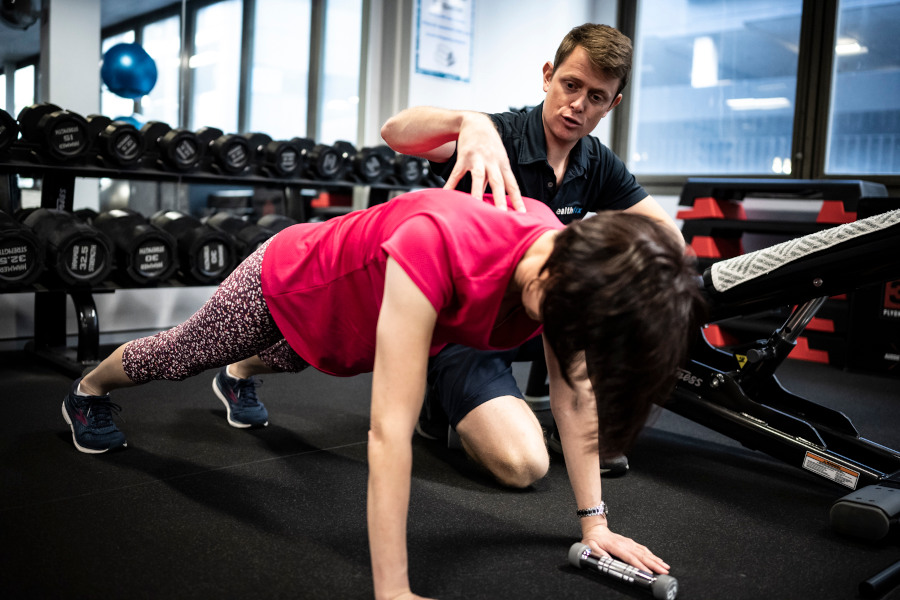Blog
Move Better, Feel Better: Why Exercise is Essential for Hip and Knee Osteoarthritis
By Jonathan Chellas, Senior Exercise Physiologist May is Osteoarthritis Awareness Month — and there's no better time to take charge of your hip or knee health. Osteoarthritis (OA) affects 1 in 5 Australians over 45, and can cause pain, stiffness, and reduced...
City to Surf / Half Marathon / 10km race Prep
Increasing your running load, with regards to training for a big event, can be both exciting and challenging, but also something that requires preparation, thought and balance. The human body will generally have a significant response to an overly quick and intense...
Empowering Your Health Journey Healthfix: Our Approach to Your Long-Term Health
At Healthfix, our mission is to empower you for a healthier life. We understand that chronic diseases and recurring issues often lead people to use physiotherapy and healthcare as temporary fixes.Whether you're managing a career, family, or personal health journey,...
Give the Gift of Health: Refer a Friend to Physio in North Sydney
At Healthfix, we harness our community's power to create transformative health outcomes. Join our 'Refer a Friend' promotion and achieve your health goals together, powered by physiotherapy and strength training. How It Works Invite a friend to Healthfix and...
The Healthfix Strength Philosophy: Strength Training Begins with Physiotherapy Rehabilitation
At Healthfix, we believe that strength training is an integral part of recovery from injury, not just an activity for the already fit. Healthfix Strength Philosophy Our philosophy is grounded in the idea that rehabilitation should seamlessly transition into...
Healthfix North Sydney Physio’s Guide to Overcoming Shoulder Pain: Rotator Cuff Tendinopathy Rehabilitation
By Caitlan Skillicorn, Senior Physiotherapist Healthfix North Sydney Rotator cuff tendinopathy is a common condition that affects many individuals, particularly those who engage in repetitive overhead activities or have previously suffered from a shoulder injury....
Value
Other Services
Sports Rehab Program
Sports Physiotherapy
Fixed Price Rehab Program
Gait Scan and Orthotics
what They’re Saying
Client Testimonials
Special mention to my strength and condition coach Bladen, building me up!







